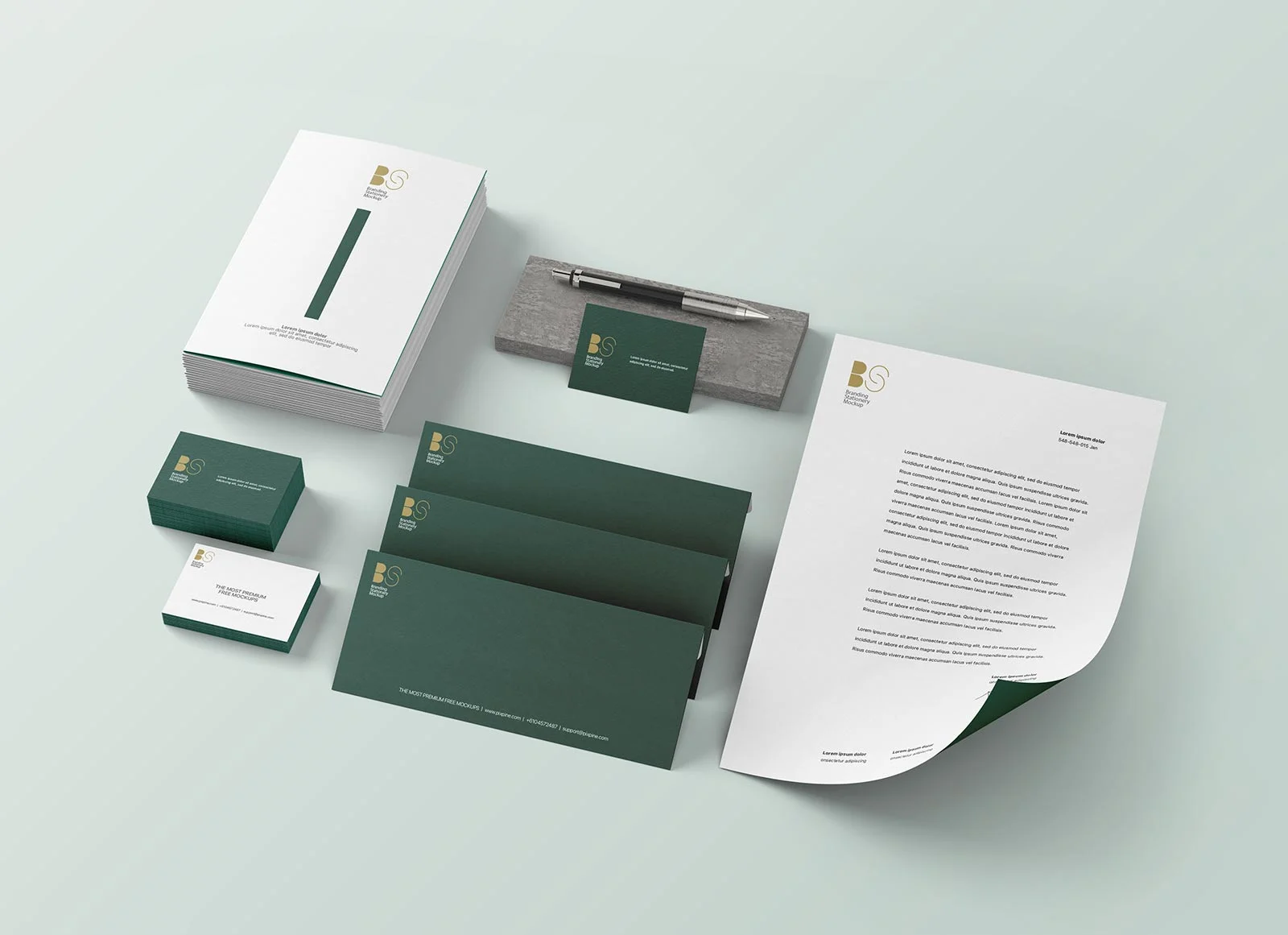
SEO: Which Digital Advertising Strategy Is Right for You?
In the digital age, businesses thrive or struggle based on their online visibility. Whether you’re a small business owner, a startup, or a multinational corporation, digital advertising can significantly boost your brand’s reach and revenue. However, with countless strategies available, how do you determine which one is right for you? Here’s a breakdown of popular digital advertising strategies and tips on selecting the best fit for your needs.
Understanding Digital Advertising Strategies
Digital advertising encompasses various tactics designed to promote your brand, attract customers, and drive conversions. The most common strategies include:
1. Search Engine Optimization (SEO)
SEO focuses on improving your website’s organic rankings on search engines like Google. By targeting specific keywords, optimizing your content, and building high-quality backlinks, SEO helps you attract long-term, sustainable traffic.
- Best for: Businesses looking for consistent, cost-effective traffic growth over time.
- Pros: Long-term results, higher trust with organic traffic.
- Cons: Takes time to see significant results.
2. Pay-Per-Click Advertising (PPC)
PPC ads, like Google Ads, allow you to appear at the top of search results instantly by bidding on keywords. You pay only when someone clicks on your ad.
- Best for: Businesses seeking immediate visibility and traffic.
- Pros: Instant results, highly targeted.
- Cons: Can be costly, requires constant monitoring.
3. Social Media Advertising
Platforms like Facebook, Instagram, LinkedIn, and TikTok enable businesses to reach specific demographics through paid ads.
- Best for: Brands targeting niche audiences or aiming to build engagement.
- Pros: Highly customizable, visually appealing, perfect for brand awareness.
- Cons: Audience fatigue can occur; ads require refreshing.
4. Content Marketing
This involves creating valuable, informative content (blogs, videos, eBooks) that engages and educates your audience.
- Best for: Building brand authority and nurturing leads.
- Pros: Builds trust, supports other strategies like SEO.
- Cons: Time-intensive, results are not immediate.
5. Email Marketing
Email campaigns let you communicate directly with your audience, offering personalized promotions, updates, or newsletters.
- Best for: Retaining customers and driving repeat business.
- Pros: Cost-effective, high ROI.
- Cons: Requires a quality email list and engaging content.
6. Affiliate Marketing
This performance-based strategy involves partnering with affiliates who promote your product in exchange for a commission on sales.
- Best for: E-commerce businesses seeking to expand their sales channels.
- Pros: Risk-free, pay only for results.
- Cons: Limited control over affiliate content.
7. Influencer Marketing
Collaborating with influencers allows you to tap into their audience to promote your products or services.
- Best for: Businesses targeting younger audiences or niche markets.
- Pros: Builds credibility, enhances social proof.
- Cons: Can be expensive, choosing the wrong influencer can harm your brand.
Choosing the Right Strategy for Your Business
To determine the best advertising strategy for your business, consider the following factors:
- Your Goals:
- Brand Awareness: Focus on social media, content, or influencer marketing.
- Immediate Sales: Invest in PPC or email marketing.
- Sustained Growth: Prioritize SEO and content marketing.
- Your Budget:
- Small budgets may benefit more from SEO and email marketing.
- Larger budgets can explore PPC, influencer marketing, or affiliate partnerships.
- Your Target Audience:
- Younger audiences may respond better to social media and influencer marketing.
- B2B audiences are often reached through LinkedIn ads and email campaigns.
- Your Industry:
- E-commerce: Leverage PPC, affiliate marketing, and email marketing.
- Service-based businesses: Invest in SEO, content marketing, and local advertising.
Integrating Strategies for Maximum Impact
In many cases, the most effective approach combines multiple strategies. For example:
- Use SEO to drive organic traffic and PPC to capture immediate leads.
- Pair social media ads with influencer partnerships to amplify your reach.
- Nurture leads from all channels with email marketing.
Conclusion
Selecting the right digital advertising strategy can seem daunting, but it boils down to aligning your goals, budget, and audience with the strengths of each method. By experimenting, analyzing results, and adjusting tactics, you can craft a winning digital marketing mix that drives growth and delivers ROI.
Whether you’re aiming for visibility, engagement, or conversions, there’s a strategy out there that fits your needs—find it and let your business shine in the digital landscape!







